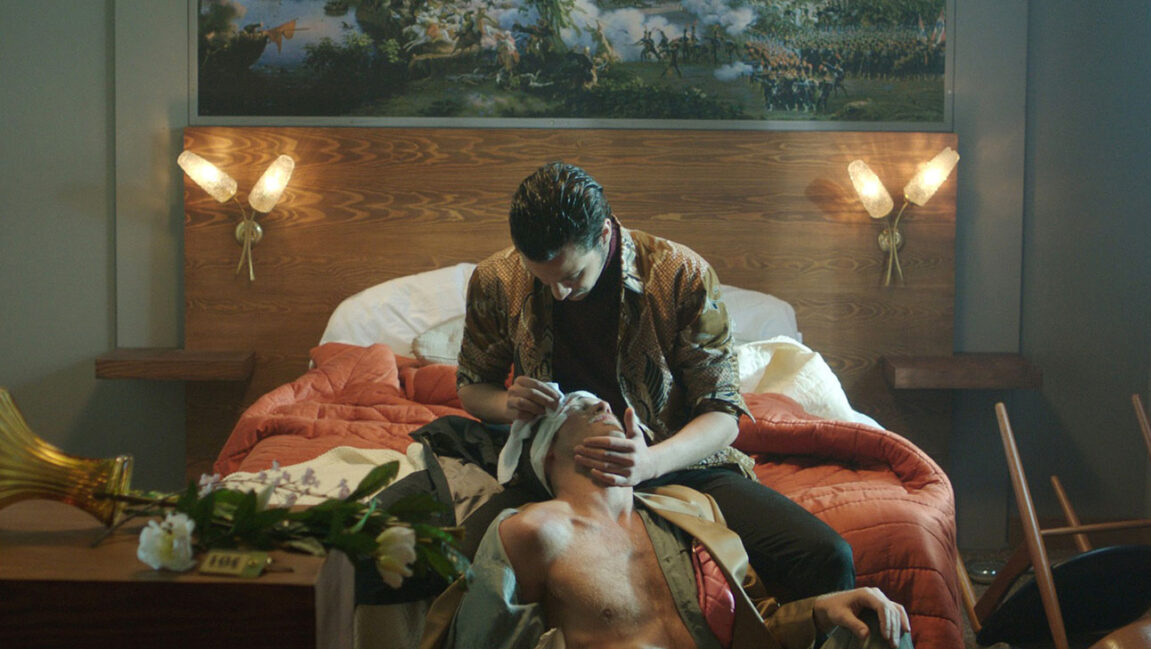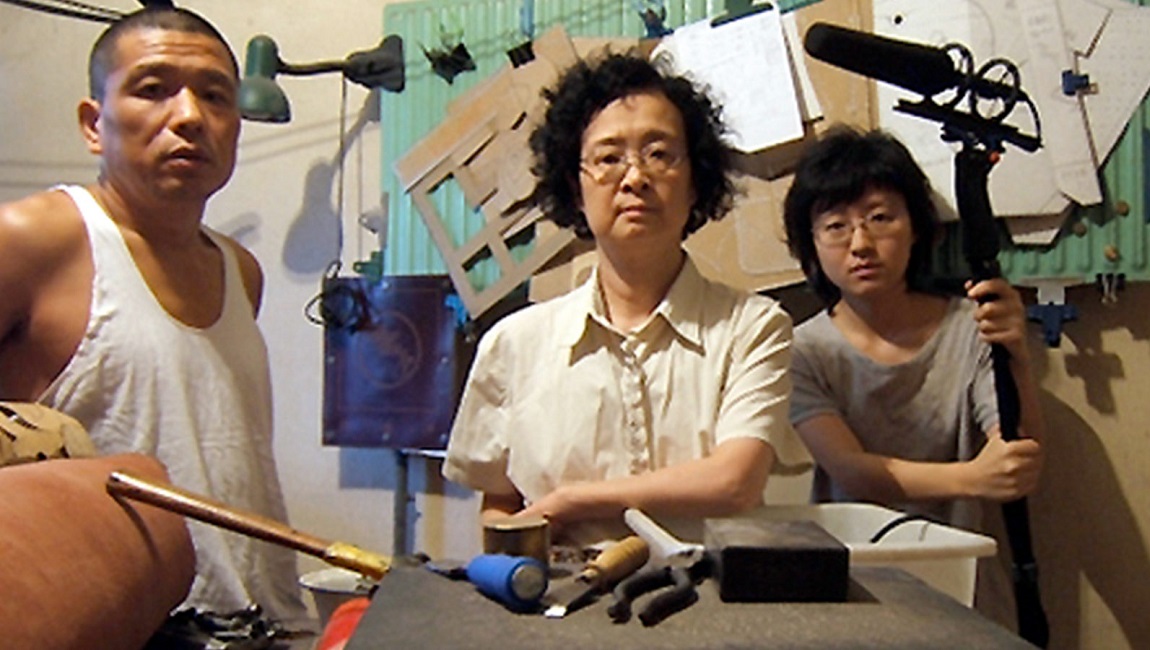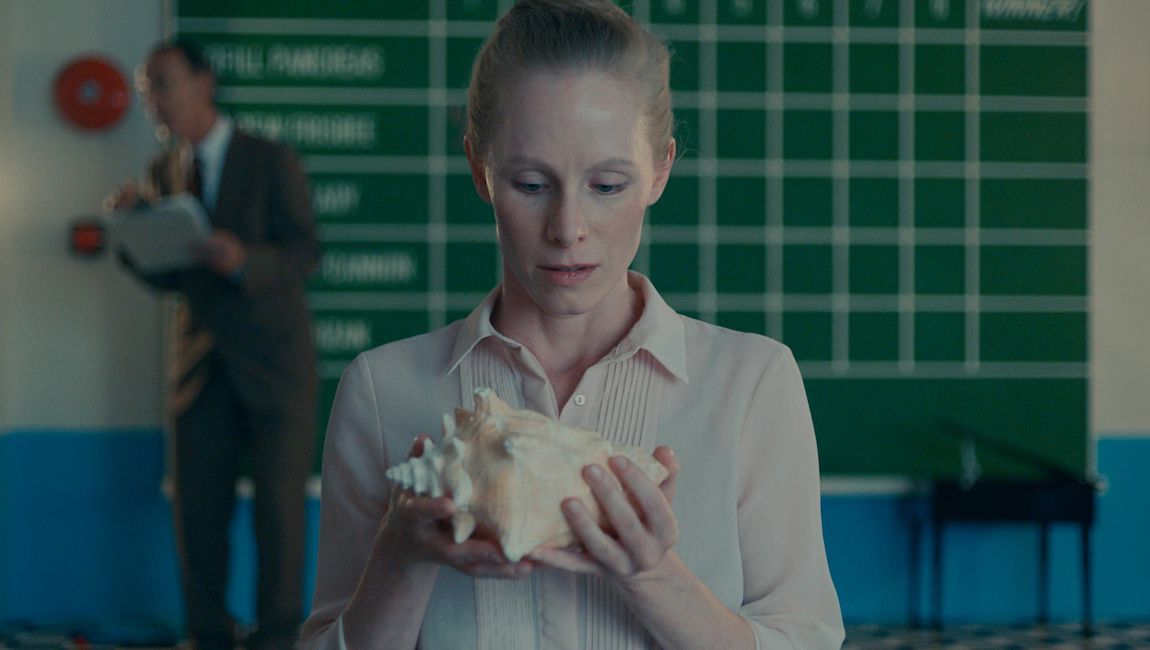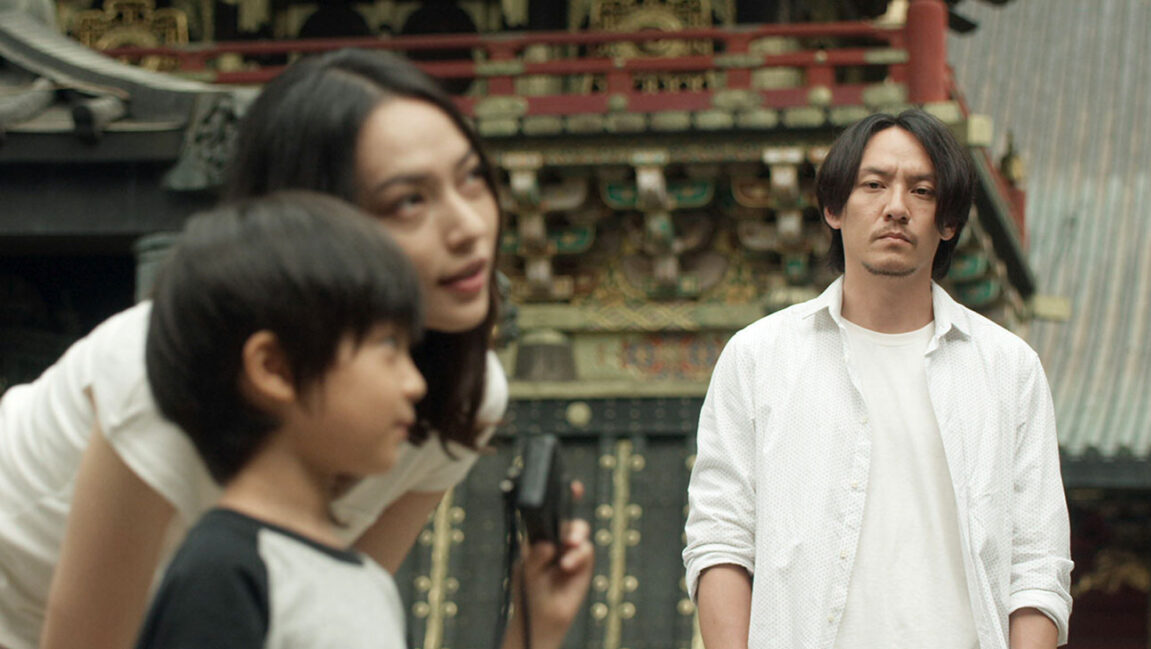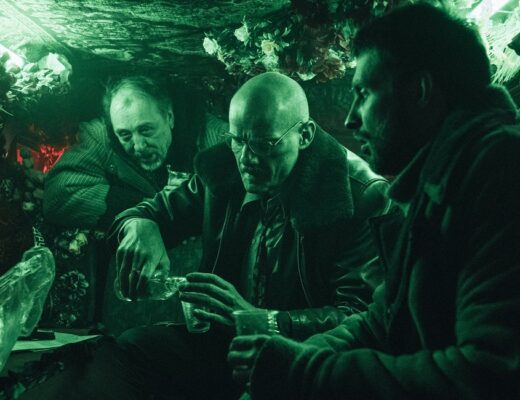One of the primary pleasures of the film festival experience is encountering lower-profile new films and new creators free from the burdens of buzz or expectations. Beyond the glitzy, studio-backed premieres and established auteurs are a whole range of voices hoping to grab viewers’ (and distributors’) attention. Which is to say, one wouldn’t know what to expect from Antonia Campbell-Hughes’s It Is In Us All from a brief catalog description. Watching it is one of those tiny leaps of faith that winds up richly rewarding. It’s is a film that shifts and undulates in unexpected, fascinating ways as it progresses through one man’s reluctant homecoming to become something altogether deeper. It’s profoundly disturbing and deeply sorrowful, and while it functions formally as a kind of horror film, It Is In Us All ultimately reveals itself to be about more familiar, even quotidian, traumas.
The film begins with Hamish Considine (Cosmo Jarvis) arriving from London to the small Irish town of Donegal. His aunt has passed away, and even though Hamish has never met her, she has left her estate to him in her will. While Hamish plans to simply sell the property, he feels compelled to visit the place before doing so. After all, his mother — also deceased — was born and raised there, before moving to London and meeting the man who would become Hamish’s father. It’s a simple enough stroll down memory lane, perhaps, or maybe a compulsion to reconnect to one’s familial roots. But upon his arrival in town, Hamish is involved in a car accident in the dead of night. A speeding sedan plows into him, sending his car rolling down an embankment. He awakens in a hospital, suffering only minor contusions and a concussion, but is informed that the driver of the other car passed away at the scene of the accident. Campbell-Hughes, an actress and writer making her feature directorial debut, films these proceedings like a slow burn supernatural thriller. The car crash is visualized via two headlights falling through a pitch-black void, and Hamish’s first impression of the hospital is a dank, inhospitable place. Interior spaces are sparsely populated, with figures compressed onto one side of the frame in claustrophobic, symmetrical compositions. Hamish traverses long stretches of desolate roads and empty fields as he travels from place to place, ominous landscapes stretching as far as the eye can see. One is on edge constantly waiting for the other shoe to drop.
Instead, Hamish meets Evan (Rhys Mannion), a teenage boy who was the passenger in the other car and best friends with the boy who was killed. It’s here that the film really begins to take shape, as Hamish begins a slow transformation of sorts. Some early reviews have referred to this metamorphosis as a variation on Cronenbergian body-horror; while that term might create unrealistic expectations as to where the film is headed, it’s not entirely inappropriate. Jarvis plays Hamish like an imperious, arrogant captain of industry, his sharp attire, rigid posture, and well-defined, gym-sculpted body that of a man of means who thinks highly of himself. But the accident sets an emotional journey in motion that he is ill-prepared to begin. He becomes more and more disheveled, his posture hunched as if he were trying to close in on himself, and there’s a horrific sequence where he attempts to bandage a wound on his arm that becomes a macabre bit of physical comedy. As Hamish spends more time with Evan, it becomes clear that neither man knows how to process their emotions nor deal with their respective losses — for Evan, his childhood friends; for Hamish, his mother. There are two remarkable sequences that reveal Campbell-Hughes’s gift for symbolically loaded imagery and fascination with the male body; in the first, one of Evan’s friends launches into a breathtakingly beautiful ballet dance, as Hamish and the others sit back and observe. In the other, Hamish joins Evan at a nightclub, where the two are bathed in darkness, illuminated only by pulsating strobe lights, their bodies entwined as they dance themselves clean. There are hints of homoeroticism throughout, and at one point another character asks Hamish if he and Evan are fucking. But sex isn’t the point here; this isn’t necessarily a film about a closeted gay man or his sublimated desires. It’s broader than that, and it’s this emotional journey that reaches a fulcrum in the film’s maddeningly opaque climax, when Hamish visits the leftover wreckage of the accident like it’s a religious altar, or a totem. He’s drawn to it, this symbol of loss, and it becomes a repository for the emotions he’s otherwise unable to express. In only her first outing, Campbell-Hughes has made one of the great films about tortured masculinity, rooted by a remarkable, fiercely physical performance from Jarvis.
Published as part of SXSW Film Festival 2022 — Dispatch 4.


